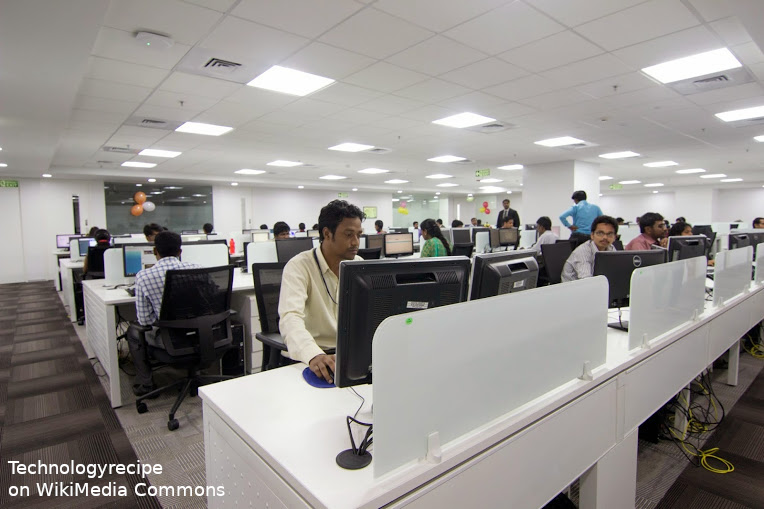
The information age has brought rapid innovation to the creation, management, and distribution of information. Now, organisations need to spend time thinking about whether to adopt new technologies to improve their effectiveness. But it is often unclear how these technologies disrupt work practices.
One such emerging technology is the distributed ledger, which is the technology behind Bitcoin. These distributed ledgers detail every financial transaction made using Bitcoin and are publically shared amongst a large number of people. Anybody can verify that transactions in the ledger are valid.
Distributed ledgers bring accountability to Bitcoin to prevent fraud and corruption. Beyond cryptocurrencies, distributed ledgers could provide accountability to food supply chains, the storage of criminal evidence, degree certification, and digital identity. This potential for distributed ledgers means that organisations are increasingly considering using these technologies.
In recent years technologies have emerged which, like distributed ledgers, aim to solve common information problems we face nowadays:
With so many new technologies, organisations are facing a technology overload. Organisations are overwhelmed by the number of technologies they need to evaluate and adopt. Moreover, each technology brings its own disruption to workforces, in both positive and negative ways.
For example, adopting distributed ledgers for accounting may require retraining staff to understand new concepts and use new software. But the outcome of this could be improved accountability.
Yet there is often an overeagerness to use new technology. The popularity of Bitcoin has prompted enthusiasm towards distributed ledgers. But distributed ledgers are not the answer to every problem, and they could bring significant disruption to organisations.
How can organisations decide when and what technology should be adopted?
Overcoming the overload of technology requires considering how technology can cause disruption and enable innovation. Most of all, organisations must consider how to adopt appropriate technology at the right time.